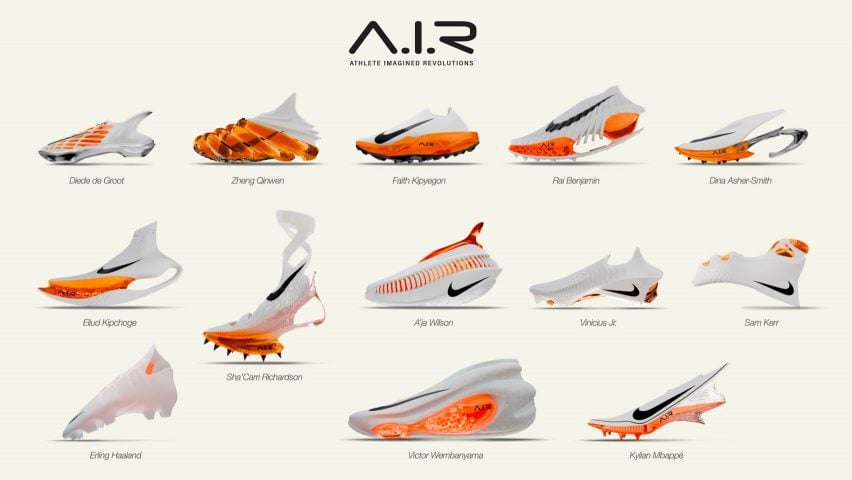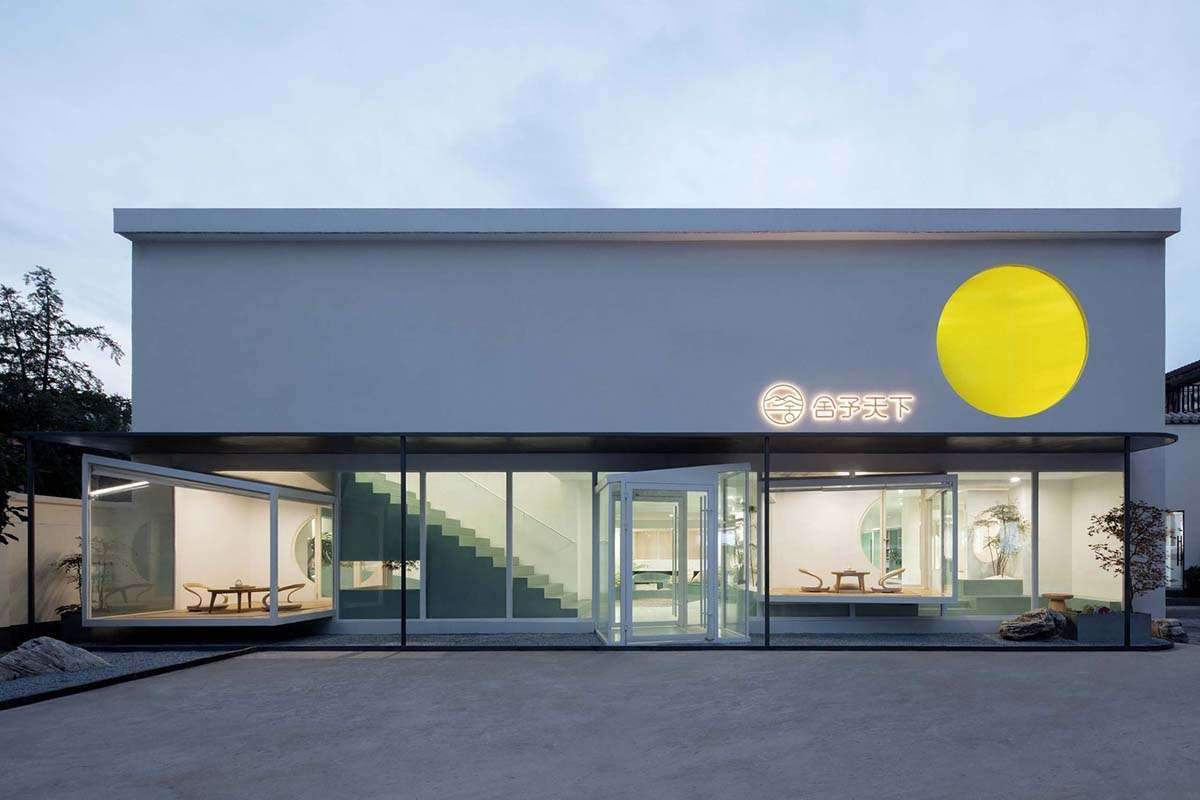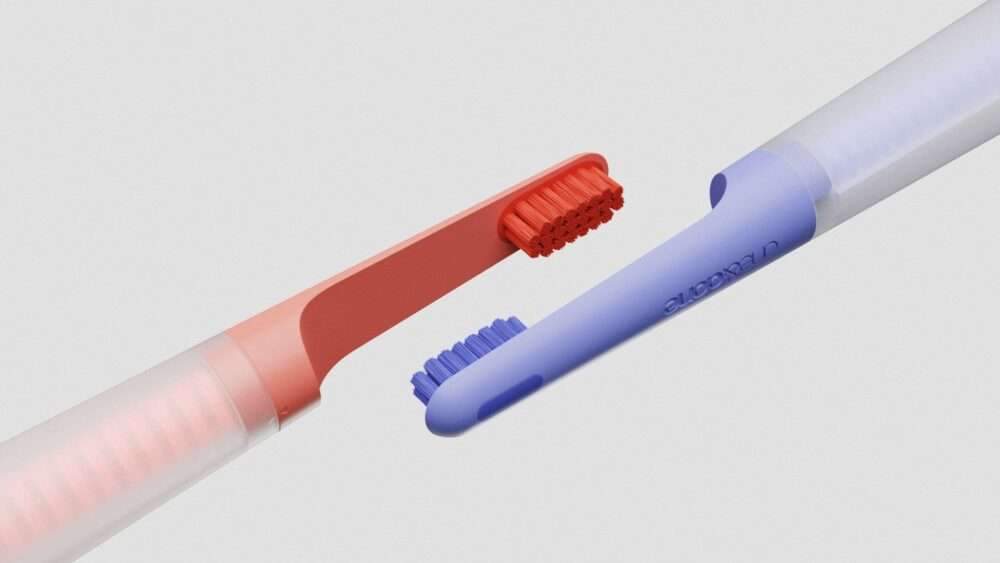Nike, the iconic sportswear brand, is embarking on a groundbreaking journey into the realm of generative artificial intelligence (AI) to revolutionize product design. Spearheaded by Nike’s chief innovation officer, John Hoke, this pioneering initiative aims to harness the power of AI to create bespoke products tailored to the unique needs and preferences of athletes, leveraging Nike’s vast repository of exclusive athlete data. This endeavor marks a significant paradigm shift in the intersection of technology and design, promising to redefine the boundaries of creativity and innovation in the sportswear industry.
Unleashing the Power of Generative AI
Generative AI, a cutting-edge technology that creates various types of content by extrapolating from vast datasets, lies at the heart of Nike’s ambitious endeavor. By developing its own proprietary generative AI model, Nike seeks to capitalize on its unparalleled access to athlete performance data and proprietary insights. This bespoke large language model (LLM) will serve as a catalyst for creativity, enabling Nike to generate personalized designs that resonate with athletes on a profound level.
Building a “Private Garden” of Innovation
Nike’s foray into generative AI is akin to cultivating a “private garden” of innovation, where the brand’s exclusive datasets and proprietary knowledge are seamlessly integrated with state-of-the-art AI technology. Hoke elaborates, “We use all the LLMs that are out there and we do have a model that we’re building in-house… It’s a little bit of thinking about developing a private garden, of looking at our own datasets that are exclusive to Nike.” This strategic approach ensures that Nike’s AI model remains finely tuned to the brand’s unique ethos and objectives.
The Birth of Hyper-Personalized Products
The potential of Nike’s generative AI model extends far beyond traditional product design paradigms. Through a process of hyper-personalization, Nike aims to co-create products with athletes, drawing insights from their performance data and personal preferences. The recent unveiling of the Athlete Imagined Revolution (AIR) project exemplifies this innovative approach, as Nike designers collaborated with top athletes to create prototype shoes tailored to their specific requests and personalities.
Overcoming Challenges with Creativity
While the adoption of generative AI in design comes with its share of challenges, Nike remains undeterred in its pursuit of innovation. Hoke emphasizes, “I don’t think in our case of designers, it ever replaces creativity. I think it is certainly rocket fuel for creativity.” Despite concerns about errors and hallucinations inherent in AI models, Nike views these as opportunities to push the boundaries of creativity and imagination, rather than limitations.
A Paradigm Shift in Design Thinking
Nike’s investment in generative AI signals a paradigm shift in design thinking, where technology becomes an integral tool for amplifying human creativity. By embracing AI, Nike aims to accelerate the prototyping process, shorten design cycles, and deliver unparalleled value to athletes and consumers alike. As Hoke aptly summarizes, “It’s an extension of who they are… It’s my body being amplified with these products.” Nike’s venture into generative AI represents a bold leap towards a future where innovation knows no bounds.
Conclusion: Shaping the Future of Sportswear Design
In conclusion, Nike’s exploration of generative AI heralds a new era of innovation and creativity in sportswear design. By leveraging AI technology to unlock new realms of customization and personalization, Nike is poised to redefine the way athletes interact with and experience their products. As the boundaries between human imagination and machine intelligence blur, Nike’s commitment to pushing the limits of design excellence remains unwavering. With generative AI as its ally, Nike embarks on a transformative journey towards shaping the future of sportswear design, one personalized product at a time.

Finally, find out more on ArchUp:







